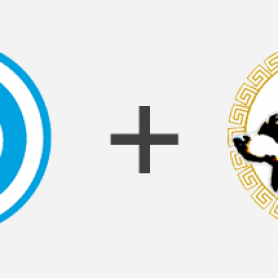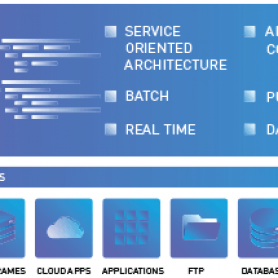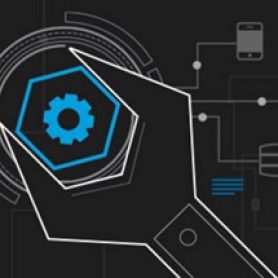Latest posts
Integrating with Ethereum using MuleSoft – Part 1
In my last article, I provided an example of how you can use Anypoint Platform to connect and expose a Blockchain Proxy Layer API.... read more.
Running Mule 4 on a Raspberry Pi
What an amazing time it is! We recently announced a major milestone: the GA release of Mule 4! The new release of Mule is... read more.
Keep your data with the new Mule 4 ObjectStore connector
An ObjectStore is a Mule component which allows for simple key-value storage. Although it can serve a wide variety of use cases, it's mainly... read more.
MuleSoft Kerberos Connector support – Part 2
In my previous blog, we covered some of the options for connectors that support Kerberos, today we will focus on two more connectors where... read more.
Mule 4: Migrating DevKit projects to the new Mule SDK
A few days ago, we proudly announced the GA release of Mule 4 and Studio 7, a major evolution of the core runtime behind... read more.
Revolutionize file exchanges with Thru’s MuleSoft Certified Connector for Managed File Transfer (MFT)
Enterprises are adopting more agile, cost-effective, business technologies to keep pace with rapidly-changing expectations and requirements. According to Gartner more than 60% of midsize... read more.
ProgrammableWeb’s most popular APIs of 2017
Last fall we wrote an article that examined which APIs draw the most interest from developers. In that article we relied upon the API... read more.
Introducing new triggers with the Salesforce Connector
We are introducing new features and lots of improvements in Mule 4. In support of Mule 4, we are also focusing on improving user... read more.
MuleSoft at MuleSoft: Creating a lookup System API with a C4E
In the previous blog post of this series on C4E, I discussed using an API-led approach to build software applications. The C4E practice encourages... read more.
Why APIs are not just for tech companies
Looking across the entire landscape of software that businesses buy, it is clear that APIs are becoming a competitive differentiator for companies of all... read more.






















